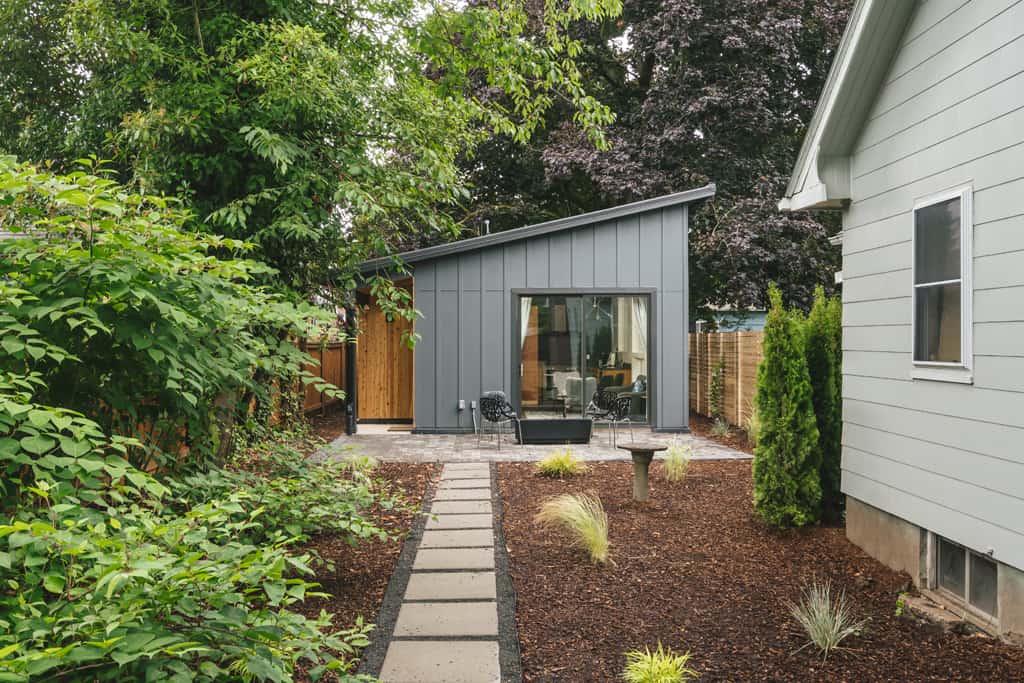AARP Hearing Center

DURHAM, NC – AARP is working with home design expert Richard Duncan of the RL Mace Universal Home Design Institute, on multiple strategies such as universal design and missing middle housing in order for people to age in place and also provide various housing options/alternatives such as ADUs, tiny homes, and manufactured housing. The concept of “Universal Home Design” is just one being used to tackle what has become a housing crisis for older North Carolinians.
By 2030, one in every five Americans will be over age 65, and our nation will face a severe shortage in appropriate housing to meet their needs. Housing shortages are already happening in high growth areas across North Carolina including the Triangle Region, Charlotte, Asheville and Wilmington.
As people age, they need housing that is structurally and mechanically safe and that accommodates people with disabilities. Those 50 and older also need safe communities, adequate transportation options and access to grocery stores, doctors and community activities.
That is why AARP North Carolina is working with our Age-Friendly Community partners to develop strategies to address the senior housing crisis and make all our communities affordable and welcoming for people regardless of age or physical ability.
AARP research shows us that most people (3 out of 4) want to stay in their homes and/or community, but the housing stock doesn’t accommodate their needs in various ways including safety, affordability, and accessibility.
AARP is pleased to see progress in the Triangle as Raleigh and Durham (as well as other communities in the state) as elected officials are being proactive and innovative by making policy changes to support housing alternatives that can address this housing crisis. Help us thank city leaders who are working on housing solutions.
On Tuesday, December 7, learn more about Housing Options for Aging in Place: Accessory Dwelling Units
Some strategies to increase housing options include:
- Accessory Dwelling Units (ADUs)
- Tiny Houses
- Universal Home Design
What is the difference between an ADU and a Tiny House?

According to the builder Microadditions, “The major difference between accessory dwelling units and tiny houses is that, “ADUs are always meant to serve as an additional or second residence on a property, whereas tiny houses can fill a wider variety of roles.
But constructing new homes is not the only answer. The principal of “universal design” can be applied to both new construction as well as existing homes.
Making your home fit
A Universal Design home is a house that works for everyone. They provide peace of mind, independence, accessibility, and safety– regardless of age, disabilities, physical limitations or health status.
PBS Hometime host Dean Johnson adds, “Most of us think immediately of ramps and grab bars when we think of accessible housing, but universal design goes far beyond that while remaining largely invisible to the casual observer. For example, applying universal design concepts such as wider doors and hallways makes a house feel more spacious.”
AARP HomeFit Guide
This guide was created to help people live safely and comfortably by enabling where they live to be a “lifelong home,” suitable for themselves and others in their household, no matter a person’s age or life stage.
The downloadable 36-page, fully-illustrated room-by-room guide has more than 100 tips and suggestions with doable solutions regardless of housing type (single-family house, apartment, mobile home, etc.) or ownership status (owner, renter).
AARP North Carolina Manager of Livable Communities Lisa Riegel said, “As we work with policymakers and other stakeholders, the guide can help elected officials, and local leaders learn about and advocate for the housing options that communities need, so residents of all ages can live safely and comfortably — and thrive.
With both Durham’s push for ADUs, and Raleigh leaders looking at policy changes to enable the construction of tiny houses, momentum is being generated in this area to make the future of housing work better for people of all ages, incomes, and physical abilities.”
Take a virtual tour of ADUs and other accessible housing in the series, “Much Ado About ADUs,” on the Livable Communities Playlist on AARP North Carolina’s YouTube channel.
Join AARP North Carolina in the push for safe, affordable and accessible housing by signing up for action alerts at www.aarp.org/getinvolved.































































